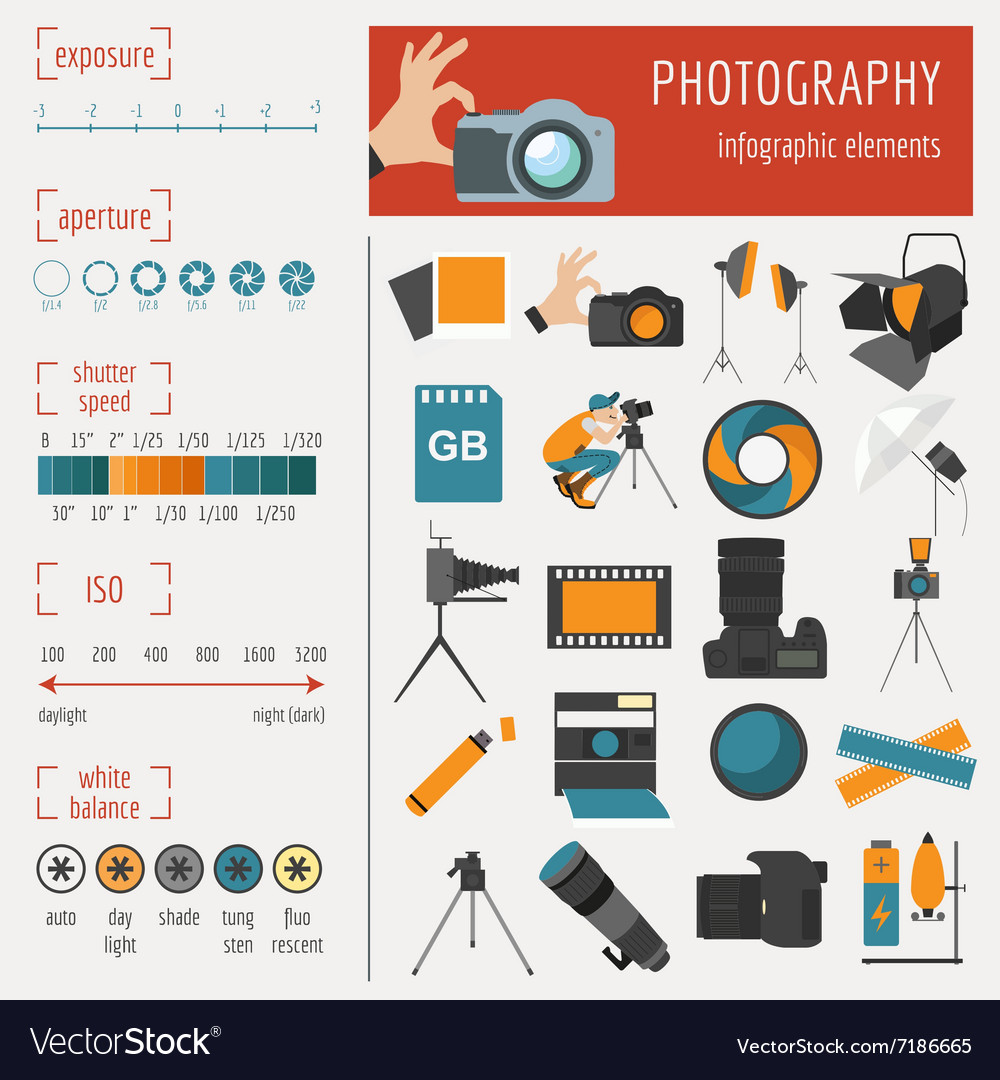Digital Photography Tips For Beginners: Grasping Your Video Camera Quickly
Digital Photography Tips For Beginners: Grasping Your Video Camera Quickly
Blog Article
Developed By-Christian Elmore
When you initially pick up your video camera, it can really feel frustrating with all the settings and alternatives offered. You could find yourself asking yourself exactly how to navigate aperture, shutter speed, and ISO successfully. Understanding these fundamentals is essential, yet there's even more to photography than just technical knowledge. Understanding composition techniques and illumination conditions can raise your pictures considerably. So, what happens if you could find out straightforward approaches to improve your abilities and begin capturing remarkable images quicker than you assume? Let's explore just how to change your digital photography trip.
Recognizing Electronic Camera Setups
Comprehending your electronic camera setups is important for catching magnificent images. When Company headshots pick up your video camera, acquaint yourself with the three major setups: aperture, shutter rate, and ISO. Each plays an essential role in exactly how your images end up.
Start with aperture, which manages the amount of light entering the lens. https://blogfreely.net/melita26nidia/innovative-ways-to-market-your-digital-photography-provider (lower f-number) allows much more light and develops a beautiful history blur, best for portraits. Conversely, a narrower aperture (greater f-number) maintains even more of the scene in focus, perfect for landscapes.
Next, concentrate on shutter speed. This setup figures out how long your electronic camera's sensor is exposed to light. A rapid shutter rate ices up motion, which is terrific for activity shots, while a slow shutter rate can produce spectacular effects like smooth water in landscapes.
Lastly, readjust your ISO. This setting impacts your video camera's sensitivity to light. A greater ISO works in low-light circumstances yet can present sound or grain. Aim for the lowest ISO possible while still accomplishing appropriate exposure.
Make-up Strategies
When you're out capturing, composition can make all the difference in exactly how your pictures resonate with audiences. Begin by utilizing the rule of thirds; imagine your structure divided into 9 equal sections with two straight and 2 vertical lines. Setting visit my website along these lines or at their junctions to create balance and passion.
Next, think about leading lines. These natural lines in your scene, like roadways or rivers, draw the viewer's eye into the picture, directing them via the tale you're informing.
Do not forget mounting; use elements within your scene, like trees or home windows, to produce a frame around your subject, adding deepness and focus.
Additionally, keep an eye on your background. A messy background can distract from your primary topic, while a basic one aids it stick out.
Last but not least, experiment with balance and patterns; they can produce a striking image that records focus.
Learning Lights Issues
Understanding illumination conditions is essential for capturing spectacular photographs, as the right light can change an ordinary scene into something amazing.
Begin by observing all-natural light at different times of the day. Mornings and late afternoons use the best light, known as the golden hour. The soft, cozy tones during these times can improve your pictures perfectly.
Don't avoid overcast days either; diffused light can minimize harsh darkness and create a pleasing result, especially for portraits.
Experiment with backlighting by placing your topic against the light source. This technique can develop a dreamy halo impact and add deepness to your images.
Take note of your electronic camera setups also. Readjust the ISO, aperture, and shutter speed to fit the lighting conditions. A greater ISO can aid in low light, yet be cautious of grain.
Utilize a tripod in darker environments to prevent blur.
Last but not least, don't neglect artificial illumination. Flash and continual lights can be excellent tools for controlling light in difficult conditions.
Final thought
In conclusion, understanding your electronic camera does not have to be frustrating. By recognizing your setups, applying make-up methods, and using the power of all-natural light, you'll promptly elevate your photography abilities. Remember, exercise makes best, so go out there and try out your newfound understanding. With Headshot studio and devotion, you'll be catching sensational pictures that mirror your one-of-a-kind perspective. Appreciate the trip, and do not neglect to enjoy while you go to it!
